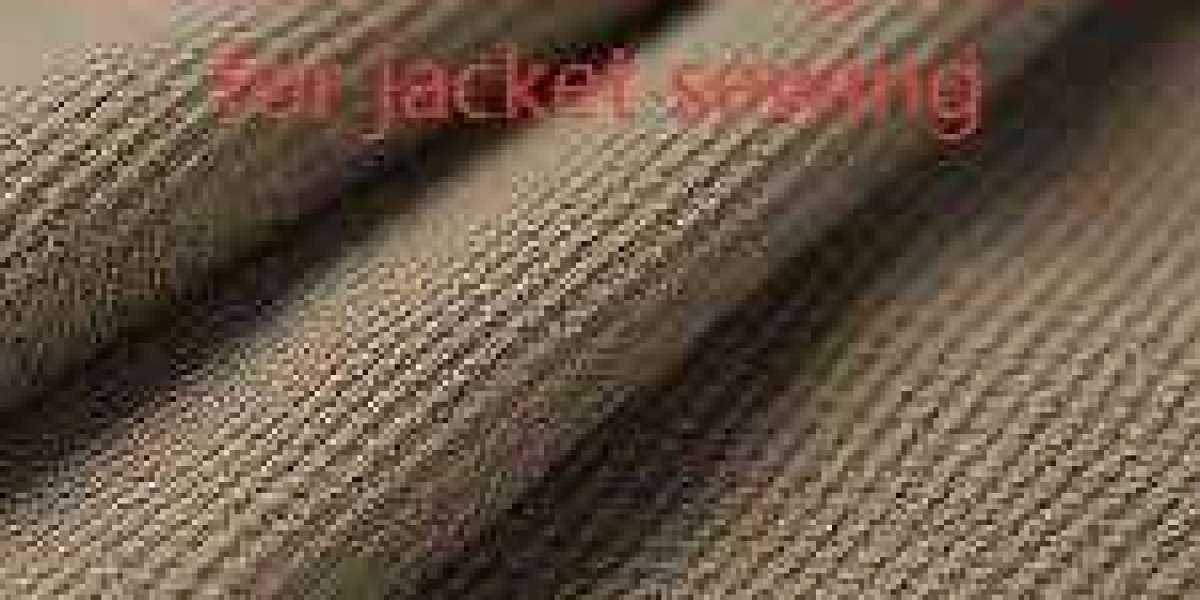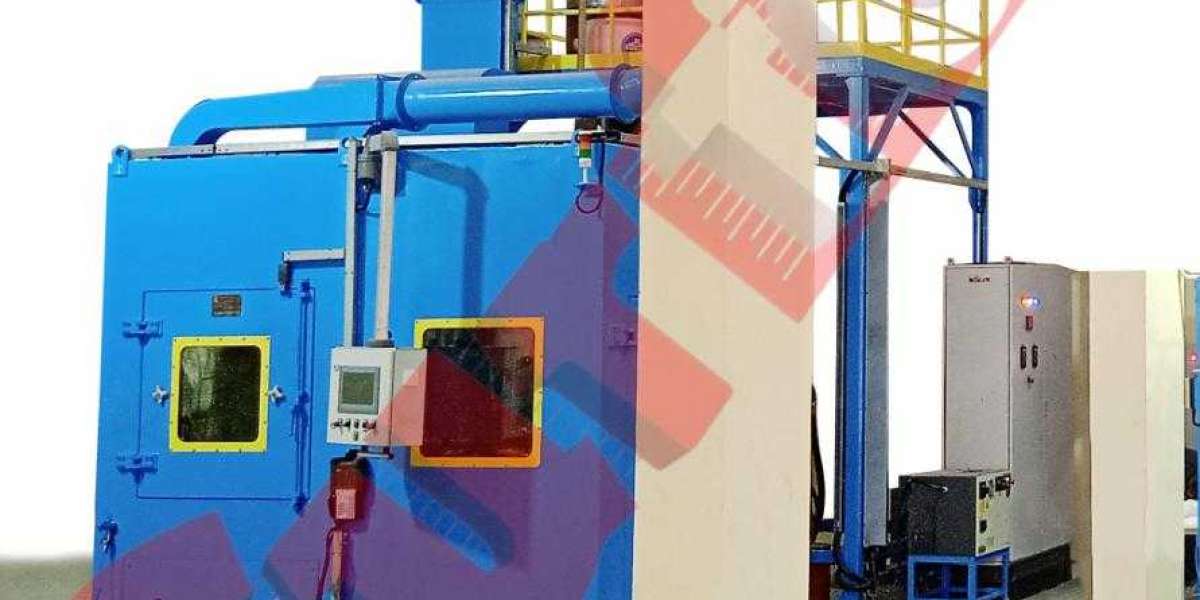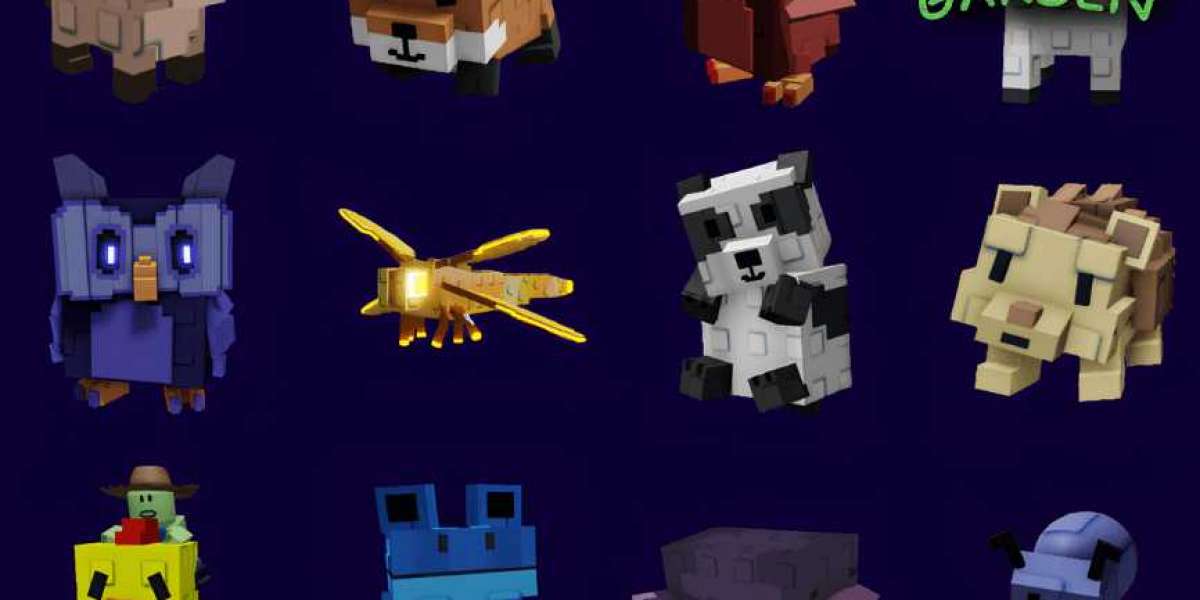In the world of shirt-making, the choice of fusible interlining options for shirt construction can dramatically influence the final garment’s appearance and functionality. By integrating fusible interlining options for shirt construction at critical points—like collars, cuffs, and plackets—manufacturers can achieve crisp lines, enhanced durability, and consistent shape retention. This essential layer not only facilitates easier assembly but also ensures that finished shirts withstand daily wear and frequent laundering without losing their tailored look.
Tailoring the Perfect Collar
A shirt’s collar is its most visible structured element, setting the tone for formality and fit. Fusible reinforcement applied here must balance stiffness and flexibility. Lightweight adhesive interfacings work best for soft button-down collars, while heavier variants provide the rigidity required for formal spread or wing collars. Precise heat and pressure application during bonding guarantee a smooth, wrinkle-free surface that remains sharp throughout the day.
Crafting Durable Cuffs and Plackets
Cuffs and plackets endure repeated folding and stress, making them prime candidates for fused support. Selecting an adhesive interlining with strong bond strength prevents separation and curling at the edges. Peel‑and‑stick or pre‑cut tape interfacings streamline production by eliminating trimming steps, while offering the reliability needed in everyday checks and French cuffs.
Balancing Weight and Drape
Shirt fabrics range from delicate cotton lawns to heavier twills and oxford weaves. The inner layer’s weight must complement the outer material: too heavy, and the shirt feels stiff; too light, and structure is compromised. Medium‑weight fusible interfacings crafted from nonwoven blends provide optimal drape and hand feel, ensuring garments move naturally with the wearer while preserving tailored lines.
Ensuring Production Efficiency
In high‑volume manufacturing, consistency and speed are paramount. Automated pressing systems with programmable temperature and dwell‑time controls guarantee uniform adhesion across batches. Pre‑fused yards goods allow continuous cutting and reduce inventory complexity. By standardizing fusible options, factories minimize material waste and speed up assembly, translating into cost savings and faster turnaround times.
Advanced Adhesive Technologies
Recent advances in adhesive technology have introduced water‑based and solvent‑free bonding layers, reducing chemical exposure and improving environmental compliance. These eco‑friendly adhesives maintain bond integrity at high wash temperatures and resist peeling, even after repeated dry‑cleaning. Their breathable nature also prevents stiffness, contributing to wearer comfort and garment longevity.
Maintenance and Care Considerations
Shirts reinforced with quality fusible interfacings require minimal special care. Proper laundering guidelines—such as moderate temperatures and gentle cycles—help preserve bond strength. Avoiding high‑heat ironing and using steam sparingly prevents adhesive degradation. When maintained correctly, shirts retain their crisp appearance and structural integrity through hundreds of wash cycles.
By carefully selecting and applying the right fusible layer, shirt makers can combine aesthetic precision with practical durability, offering customers both style and performance. To learn more about material choices, bonding techniques, and sustainable options, visit:
https://www.interlining-factory.com/news/what-is-interlining-types-applications-and-more.html








